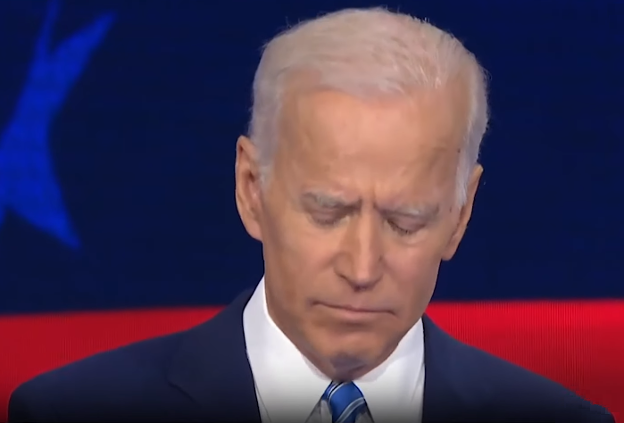
The spread between 10-year and 2-year treasuries, a reliable recession indicator that has predicted almost every recession in modern economic history, inverted for the third time this year on July 5. This followed inversions overnight on June 13 and on March 31, following the worsening supply crisis, energy and food shortages, crushing inflation and the ongoing war in Ukraine.
The news comes as the Atlanta Federal Reserve’s GDPNow indicator says that the U.S. is already in a recession right now, forecasting an inflation adjusted 1.2 percent decrease in the second quarter.
Adding to the bad news for President Joe Biden as the Congressional midterms rapidly approach, 315,000 jobs were lost in the Bureau of Labor Statistics’ household survey in June, the second month this year experiencing losses after 353,000 jobs were similarly lost in April in that survey, a sure indicator that we are either in a recession already or rapidly approaching one.
We’ll find out the answer on July 28 when the Bureau of Economic Analysis publishes its initial second quarter results for the nation’s Gross Domestic Product.
The recession itself will be palpable in the minds of the American people once the household survey turns south as represented by the unemployment rate. So far, that has not happened yet, amid record jobs openings as Baby Boomers continue retiring en masse, creating a labor shortage, but those might have peaked in March at 11.85 million according to the Bureau of Labor Statistics. Now job openings are down to 11.25 million.
Usually, in a recession, once the layoffs begin, the hiring pauses, and job openings will crash. However, labor markets have so far been somewhat resilient to this turning of the tide, even if they appear destined to ultimately succumb to the downturn.
Raising the most important question: How bad will Biden’s recession, if it really does begin in 2022, be? How high will the unemployment rate really get?
This is where the global economy’s need to boost production — again, the supply crisis, particularly food and energy shortages are nowhere near solved — will run into the recession’s tendency to squash demand, which usually causes producers to slow down.
On one hand, any softening of demand should help to bring prices down. In the current situation, however, that might either exacerbate the problem if layoffs lead to further labor shortages and production shortfalls, leading to a vicious cycle where demand cannot catch up to supply.
If demand is met coming out of the recession, then perhaps prices can stabilize. Otherwise, as in the 1970s and 1980s, the inflation might only pause during the recession, only to continue afterward.
Whether the economy will meet demand, unfortunately, is as much a political question these days as it is an economic one. The Biden administrations has viewed the high energy prices for oil and natural gas particularly as an incentive of sorts to move to green energy alternatives.
So far, though, the American people are not buying it, with 33 percent in a recent Monmouth poll saying inflation was the “biggest concern facing your family right now”, 15 percent saying gasoline prices, 9 percent saying the economy and 6 percent saying everyday bills, groceries, etc. That is 63 percent saying the economy stinks.
Overall, and as a result, Republicans still leading Democrats in the generic Congressional ballot 46.8 percent to 44.3 percent, calling into question how politically sustainable a regime predicated on the Green New Deal might be. Voter attitudes are already largely set in for this year. Once they say it’s time for a change, with the imminent recession, once the layoffs ensue, all bets could be off for Biden and the Democrats in November. Stay tuned.
Robert Romano is the Vice President of Public Policy at Americans for Limited Government Foundation.






